Key Takeaway Table
| Key Point | Description |
|---|---|
|
What’s Included in a Gym Fitout?
|
A gym fitout includes the purchase of all exercise and business equipment, as well as the installation of vital interior elements like flooring, HVAC, security systems, partitions, lighting, entertainment systems, signages, lockers, and accessibility features.
|
|
The Cost of a Gym Fitout
|
The total cost for a fitout for a medium-sized gym can go up to several hundred thousand dollars. It is a substantial expense, which can be covered by specialized business loans.
|
|
Equipment Finance Explained
|
Equipment financeis a loan designed for the purchase of business equipment. Gym owners can get financing for exercise machines, weights, and specialty equipment. With equipment finance, borrowers can get the funds upfront, allowing them to purchase equipment and start business operations right away. The lender will consider the equipment as security, so it may be easier to get approved. However, approval criteria will still vary from lender to lender.
|
|
Fitout Finance Explained
|
Fitout finance is a special loan that covers all interior improvements to a commercial space. For gym owners, this loan can help outfit a new gym space or renovate an existing one. Fitout finance can cover wiring, plumbing, ceilings, walls, flooring, partitions, furniture, interior design, signages, HVAC, ventilation, and much more.
|
|
Challenges Ahead
|
Gyms were some of the most heavily affected businesses during the COVID-19 lockdowns. The industry suffered great losses, which is why some lenders still tend to be wary of lending to gyms and similar businesses. Now that fitness businesses are recovering, owners can seize the opportunity for growth with sensible use of credit. To ensure approval, gym owners must demonstrate to some lenders how they survived the lockdowns and what they plan on doing in case something similar happens in the future.
|
Opening a gym is an exciting venture, especially for those passionate about fitness and health. There are about 7,311 gyms and fitness centres in Australia, and that number may go up as the market recovers from lockdowns and as Australians grow increasingly health-conscious. If you’re one of those dreaming of opening a gym, one of the most significant expenses you will encounter is your gym fitout. You can apply for the right business loans to help you outfit your gym and make your business goals come to life.
What’s Included in a Gym Fitout?

Equipment Costs
Arguably the most important part of outfitting a gym is buying the right fitness equipment. These would include cardiovascular machines like treadmills and stationary bikes. Gyms will also need weights and specialty equipment like cable machines and power racks. Depending on the size of the gym, you may need to purchase more than one of each machine, especially cardio assets. Non-exercise equipment like point-of-sale machines and computers are also needed.

Furniture
A gym will need furniture for common areas, offices, and the reception area. Furniture will usually include different types of chairs, tables, storage, a reception desk, and more.

Flooring and Walls
Gyms typically need high-quality, durable flooring suitable for fitness activities. High-quality rubber flooring is convenient, safe, and can prevent injuries. Additionally, mirrors are often installed on the walls of fitness centres to help users maintain proper form during exercises.

Lighting
Adequate lighting is essential for safety and creating a motivating atmosphere for customers.

Ventilation and Air Conditioning
HVAC systems to ensure proper ventilation and temperature control within the gym.

Entertainment Systems
Music and entertainment systems like speakers and TVs are usually installed to enhance the gym environment.

Locker Rooms and Changing Areas
Gyms need to outfit locker rooms and changing facilities. Fitouts will include plumbing for showers, lockers, benches, and other necessary features.

Interior Design and Branding
Outfitting a gym will also include adding design and decor elements to create an appealing atmosphere. Typically, the interior design will fit your particular branding, including colours, logos, signages, and other elements.

Accessibility and Health Features
A gym may also need to implement features to ensure accessibility for all users. Moreover, gyms also need essential health and emergency items like first aid kits, defibrillators, and potentially more.
The Cost of a Gym Fitout
A gym fitout is a significant expense. It includes designing a space and filling it with equipment and other necessary features.
Here are the approximate costs of a fitout for a medium-scale standard gym in Australia:
- Exercise Equipment: $500,000
- Renovation: $300,000
- Store Equipment (POS, Security, etc): $13,500
- Furniture and Other Office Equipment: $25,000
These costs are quite substantial, so business owners can turn to business loans to help them so they can start operations immediately. To outfit a fitness centre or a gym, business owners can obtain equipment and fitout financing.

Equipment Finance Explained
Equipment finance is a specialised loan that enables business owners to buy equipment upfront. This type of loan can help gym owners purchase several units of exercise equipment. Equipment finance can be used for both brand-new or secondhand equipment, but it will vary per lender. Some may have age limits on the equipment being financed since the equipment will be considered as security against the loan.
Approval is generally easier for equipment finance due to the presence of security, but the requirements can still be varied. Banks typically have higher approval standards, requiring full financial documents, no debt, and a high credit score.
If you’re looking for more flexibility, you can apply for a loan at a non-bank lender since they typically require fewer or no documents and some will approve loans for those with bad credit and ATO tax debt. The trade-off will be higher interest rates and shorter repayment periods.
Fitout Finance Explained
Fitout finance is a type of loan that covers all interior improvements to a commercial space. The coverage includes electrical, plumbing, flooring, ceilings, partitions, interior design, furniture, fixtures, signages, and safety equipment. Fitout finance can help you fill up a new gym or renovate an existing one. With this type of loan, gym and fitness centre owners can get their spaces outfitted upfront and then pay the cost over the duration of the loan.
Challenges Ahead
Gyms and fitness centres were heavily affected by the COVID-19 lockdowns. As the government required gyms to close, customers suspended subscription fees, leading to loss of revenue. The struggles continued for the industry a few years after the initial lockdown as customers opted to buy their own home equipment. In the last 5 years, the industry suffered a 9.2% CAGR decline.
Now that the lockdowns have ended, many people have returned to public spaces like their local gym. Forecasts show that market size by revenue is expected to rise between 2024 and 2029. Aspiring business owners can once again start thinking about making their gym dreams a reality. For existing gym owners, now is also the time to think about renovations and improvements.
However, lenders are still wary over losses during the pandemic. Many lenders still restrict lending to certain at-risk industries like gyms and fitness centres. How can you as a business owner secure funding during this time?
Here are some strategies you can employ when looking for lenders for your gym fitout:
Adaptation Strategies
If you had your gym during the lockdowns, explain how you adapted to the times and what strategies you used to survive those difficult times. If your business is new, explain your plans on how to adapt to the changing landscape, including any new revenue streams, partnerships, or innovations.
Industry Knowledge
Showcase your knowledge of the fitness industry and your gym’s niche. Understand and address industry trends and challenges in your loan application to demonstrate a proactive and informed approach.
Customer Retention
Highlight efforts and strategies to retain existing customers and attract new ones. If your business was present for the lockdowns, explain how you retained your members during that time.
Solid Business Plan
For bank lending, it can be advantageous to develop a comprehensive business plan that outlines your gym’s current financial status, future projections, marketing strategies, and how you plan to overcome challenges. Be sure to highlight any changes or adaptations made in response to the pandemic.
Financial Statements
Prepare detailed financial statements to prove your capability to pay back your loan. Transparent and accurate financial reporting provides banks with a clear understanding of your gym’s financial health.
Creditworthiness
Maintain a good credit score. Except for private lenders, all lenders will consider credit history when assessing loan applications.
Seek Professional Advice
Seek advice from loan experts. Their insights can help you refine your financial strategy and improve your loan application. Loan experts can also direct you to different options, like lenders that accept applications despite bad credit and existing tax debt.
Find The Best Loans to Finance Your Gym Fitout
A gym is a type of business that heavily relies on equipment and the quality of its interior features. To get the best commercial gym fitout, look for the best loans by researching lenders and their respective terms. If you need help, don’t hesitate to reach out to loan experts. Darkhorsefinancial.com.au are experts in equipment financing, and we’re ready to guide you through the whole process, from finding lenders to getting loan approval. Send us a message to learn more.









